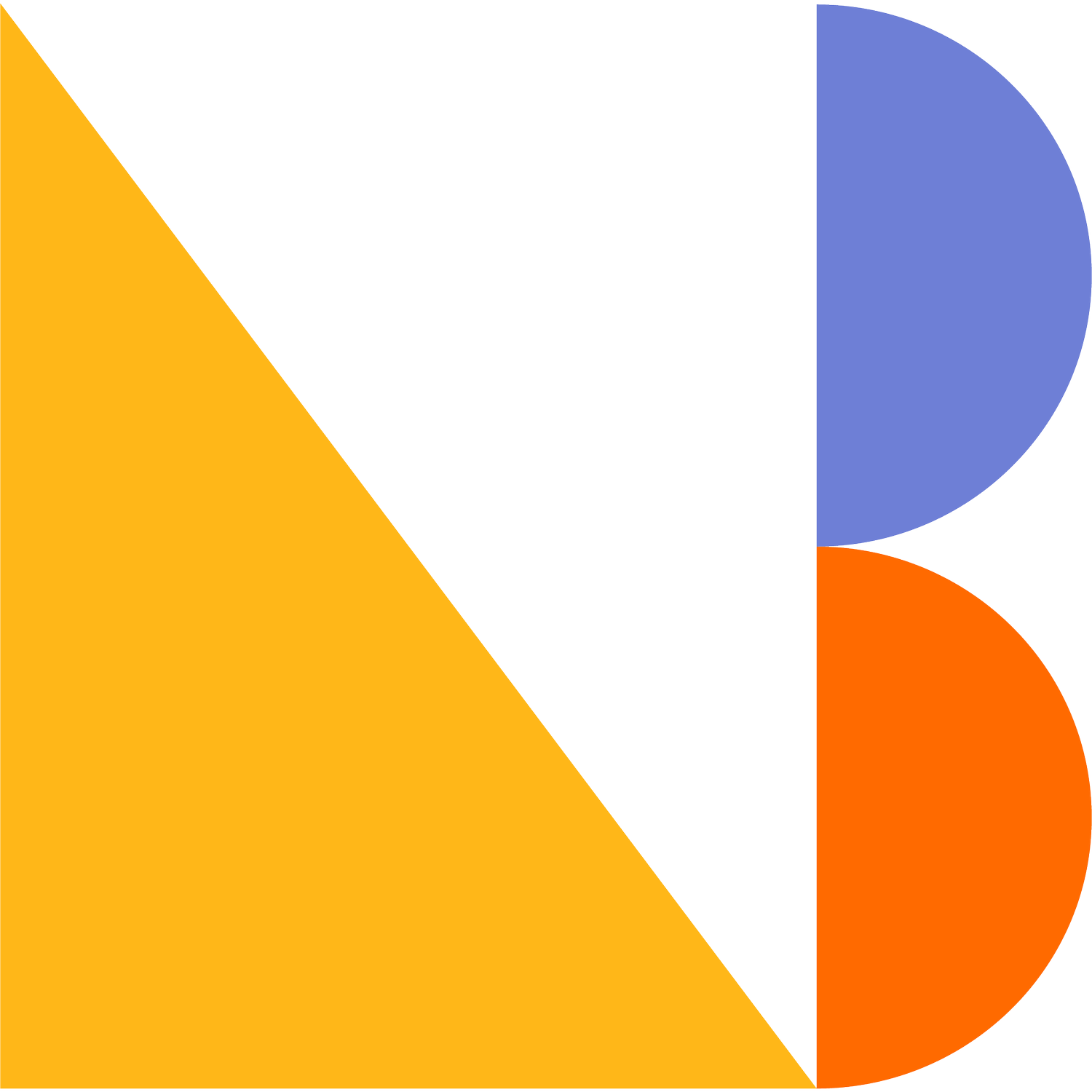
Museums & Collections
Our museums and collections featuring Northern Irish linen are documenting, preserving and making linen heritage accessible to everyone.
As well as rich physical collections, digital and online archives and collections enable research and viewing from anywhere, anytime.
-
Originally a museum focusing on the local history of Lisburn and the Lagan Valley, it expanded in 1994, with the opening of the Irish Linen Centre. It has a permanent Flax to Fabric exhibition tracing the history of Irish linen.
The Linen Museum holds excellent resources for information and research in two main areas:
(1) Textiles & art (2) Irish history
The library collection of the former Linen Industrial Research Association (LIRA), which closed in 1993, is held by the museum. LIRA - founded in 1919 as the Linen Industry Research Association. The collection reflects its research work into a range of aspects of flax and linen production. It comprises of over six thousand books, journals and research reports. There are also some rare books, pamphlets and journals dating from the 18th century. Access to both facilities is by appointment in advance, during weekdays, 9.30am – 4pm
Market Square, Lisburn BT28 1AG
T: 028 9266 3377
-
A diverse online exhibition of artefacts in the Monaghan County Museum portrays the importance of the linen trade to the county. As the linen making process was labour-intensive, it particularly suited the small size of farms in county Monaghan. The weaver-farmer system was very common until the 1830s, when spinning mills were becoming established and the spinning of linen thread at home slowly declined. The museum features tools, artefacts, documents and costume.
Monaghan County Museum moves to new, purpose-built premises at the Peace Campus in early 2024. Updates on visiting and a host of heritage images and information can be found on their Facebook page.
Monaghan County Council, County Offices, The Glen, Monaghan, H18 YT50
T: 00353 47 30500
-
PDF pamphlet about the Damask Tablecloth and history
The Museum of Orange Heritage holds an exceptional damask tablecloth from 1675. Although produced in France to commemorate the liberation of the walled city of Grave, it is an example of damask weaving from the late seventeenth century. By the early twentieth century, it was part of a collection at Sandringham, and is now part of the heritage collection at the Museum of Orange Heritage. The museum is open to the public.
Contact details, opening hours and access, and the rest of the museum collection can be found on its website.
-
National Museums NI looks after four distinct museums in Northern Ireland and serves as custodians to 1.4 million objects in a collection spanning art, history and natural sciences.
-
Although it doesn’t hold its own archive collections, the historic refurbished flax mill in West Belfast, Conway Mill provides a multi-functional space and artist studios, preserving the local industrial heritage and history of the area. It is an award winning example of how architectural and linen heritage can be preserved and become community and cultural resources. Find out more about Conway Mill here.






